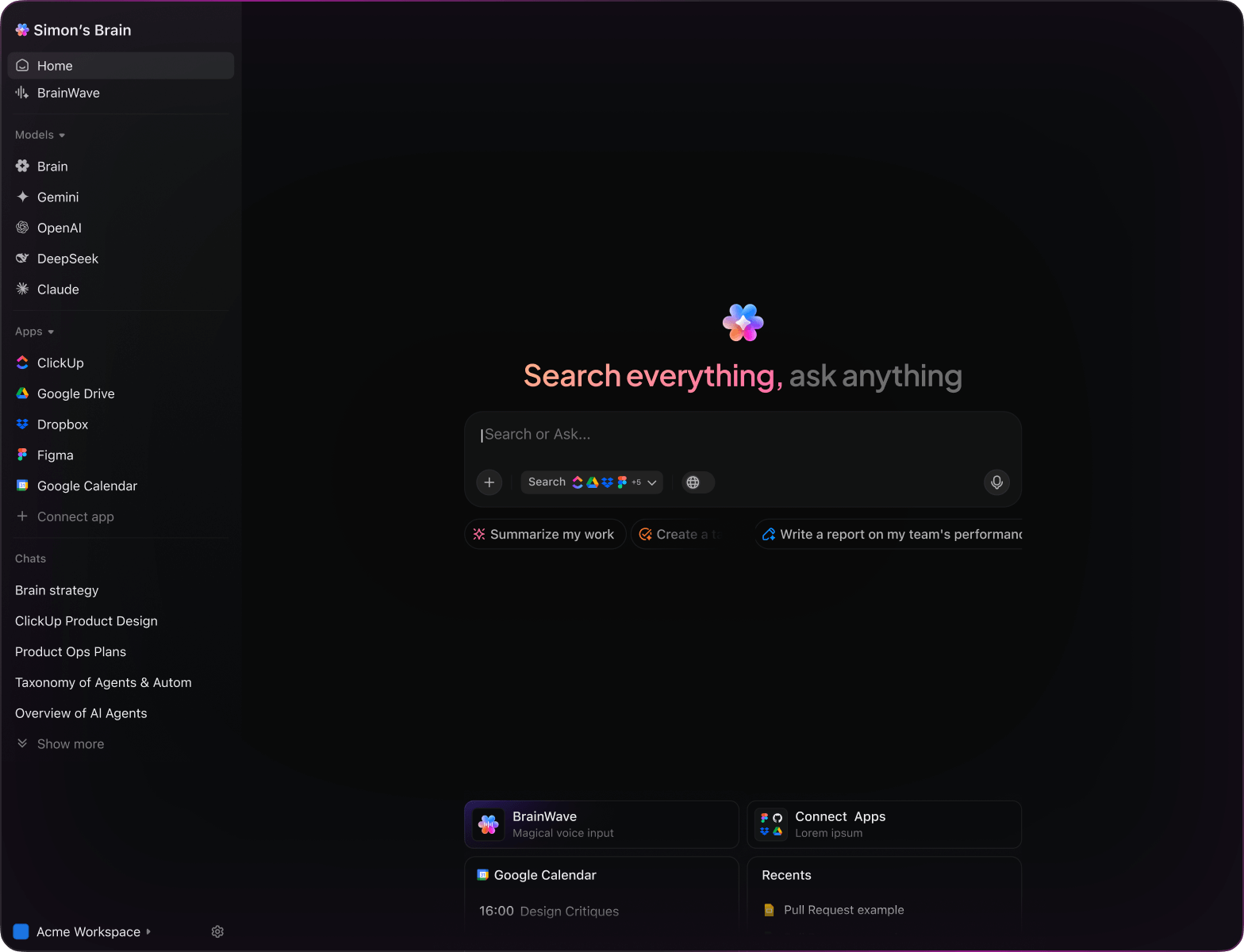AI Disaster Recovery Planning
Top AI Prompts for Disaster Recovery Plans
Build resilient recovery strategies, simplify coordination, and safeguard your operations with ClickUp AI.
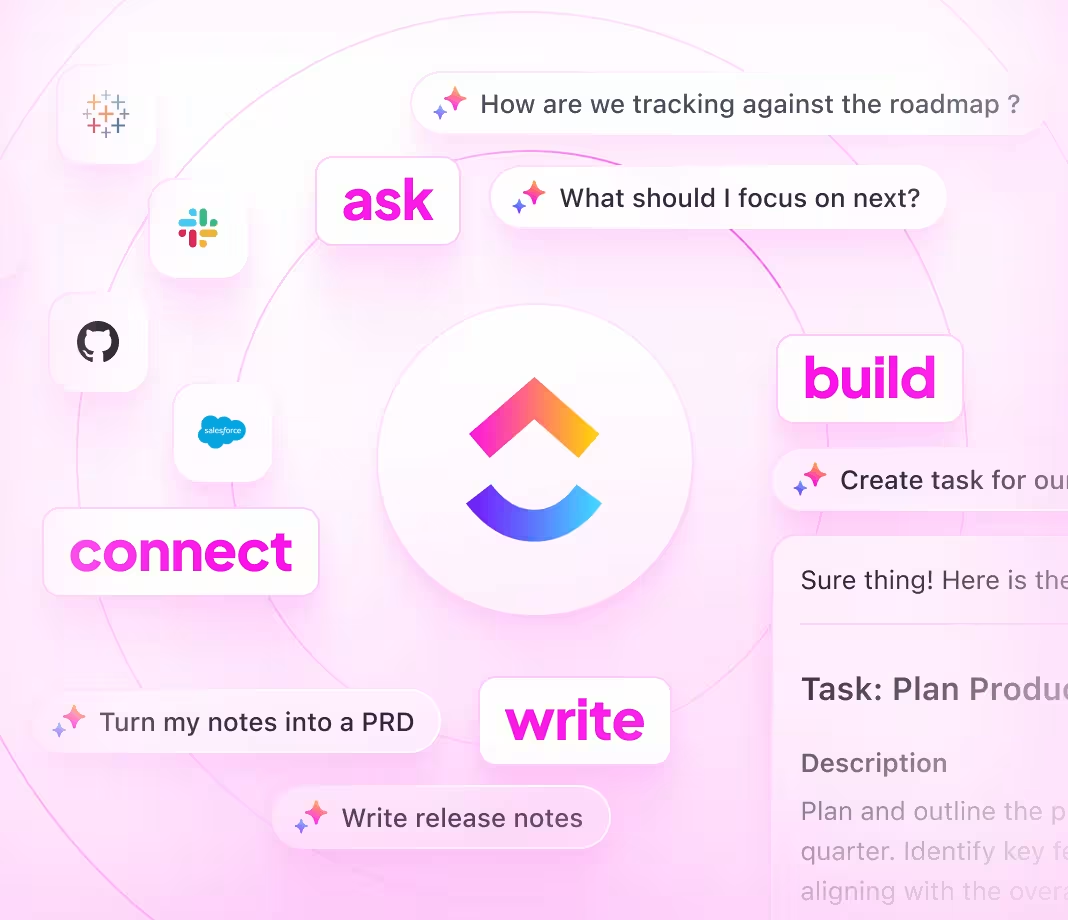
Trusted by the world’s leading businesses
AI in Disaster Recovery
How AI Prompts Revolutionize Disaster Recovery Planning
Preparing for unexpected disruptions requires more than just a plan—it demands precise coordination and rapid response.
From risk assessment to resource allocation, communication protocols, and recovery timelines, disaster recovery planning involves numerous stakeholders and complex workflows. AI prompts are now a vital part of this process.
Teams leverage AI to:
- Quickly identify vulnerabilities and potential impact areas
- Generate detailed recovery steps and contingency plans with ease
- Interpret regulatory requirements and compliance standards swiftly
- Transform scattered notes into clear action items, timelines, and responsibilities
Integrated within familiar tools—like documents, dashboards, and project trackers—AI in platforms such as ClickUp Brain acts as a proactive partner, converting raw data into structured, executable recovery strategies.
Comparing ClickUp Brain with Conventional Solutions
Why ClickUp Brain Excels in Disaster Recovery Planning
ClickUp Brain integrates seamlessly with your projects, understands your context, and empowers you to act swiftly—cutting down on needless explanations.
Conventional AI Platforms
- Constantly toggling between apps to collect information
- Repeating your objectives with every query
- Responses that lack relevance to your situation
- Hunting through multiple systems to locate a single document
- Interacting with AI that only processes input without insight
- Manually switching among different AI engines
- Merely an add-on to your browser
ClickUp Brain
- Deeply connected to your disaster recovery tasks, notes, and team communications
- Retains your project history and objectives
- Provides insightful, context-aware guidance
- Searches across all your resources in one place
- Supports voice commands for hands-free operation
- Automatically selects the optimal AI model: GPT, Claude, Gemini
- Dedicated desktop app for Mac & Windows designed for efficiency
Disaster Recovery Planning Prompts
15 Essential AI Prompts for Disaster Recovery Planning
Accelerate your disaster recovery strategy—assessment, coordination, and compliance simplified.

Identify 5 key disaster recovery strategies tailored for a mid-sized financial services firm, based on the ‘DR Plan 2024’ document.
ClickUp Brain Behavior: Analyzes linked documents to extract strategic approaches and suggests tailored recovery options.

What are the latest compliance requirements for data backup in healthcare organizations under HIPAA?
ClickUp Brain Behavior: Gathers insights from internal compliance files; Brain Max can supplement with relevant external regulations if available.

Draft a recovery plan outline for IT infrastructure after a ransomware attack, referencing ‘Incident Response Notes’ and prior recovery logs.
ClickUp Brain Behavior: Pulls key points and documented procedures from linked files to assemble a structured recovery framework.

Summarize recovery time objectives (RTO) and recovery point objectives (RPO) benchmarks from ‘Q1 DR Metrics’ comparing cloud and on-prem solutions.
ClickUp Brain Behavior: Extracts tabular data and narrative insights to deliver a concise comparison summary.

List top backup storage technologies used in enterprise disaster recovery, referencing R&D reports and vendor specifications.
ClickUp Brain Behavior: Scans internal documents to identify common technologies and their performance characteristics.

From the ‘Disaster Recovery Testing’ doc, create a checklist for validating failover procedures.
ClickUp Brain Behavior: Detects test steps and criteria, formatting them into a clear, actionable checklist within a task or document.

Summarize 3 emerging trends in automated disaster recovery orchestration from recent industry research and technical reviews.
ClickUp Brain Behavior: Extracts recurring themes and innovations from linked research articles and whitepapers.

From the ‘Employee DR Training Survey 2024’ doc, summarize key feedback on training effectiveness and areas for improvement.
ClickUp Brain Behavior: Analyzes survey data to highlight common responses and training gaps.

Write clear and concise communication templates for notifying stakeholders during a disaster event, using the tone guidelines in ‘CrisisCommGuide.pdf’.
ClickUp Brain Behavior: References tone and style guides to generate varied message drafts suitable for different audiences.

Summarize recent updates to ISO 22301 standards and their implications for our disaster recovery documentation.
ClickUp Brain Behavior: Reviews linked compliance documents and summarizes key changes affecting policy and procedures.

Generate placement and formatting guidelines for disaster recovery documentation, referencing company policy docs and industry best practices.
ClickUp Brain Behavior: Extracts structural rules and formatting notes to create a standardized documentation checklist.

Create a post-disaster evaluation checklist using lessons learned from the ‘2023 Flood Response’ reports and recovery team feedback.
ClickUp Brain Behavior: Identifies critical evaluation points and organizes them into a comprehensive review checklist.

Compare disaster recovery capabilities across AWS, Azure, and Google Cloud using our internal vendor analysis reports.
ClickUp Brain Behavior: Summarizes documented feature comparisons into a clear, side-by-side format.

What are the latest trends in DR automation and AI integration since 2023?
ClickUp Brain Behavior: Synthesizes insights from recent research papers, industry reports, and internal notes.

Summarize key challenges faced by small businesses in disaster recovery from the ‘SMB DR Feedback’ folder (processes, tools, training).
ClickUp Brain Behavior: Extracts and prioritizes user feedback and survey data to highlight common pain points.
Plan Disaster Recovery with Confidence Using ClickUp Brain
Avoid costly setbacks, unify your team, and craft effective recovery strategies powered by AI-driven workflows.





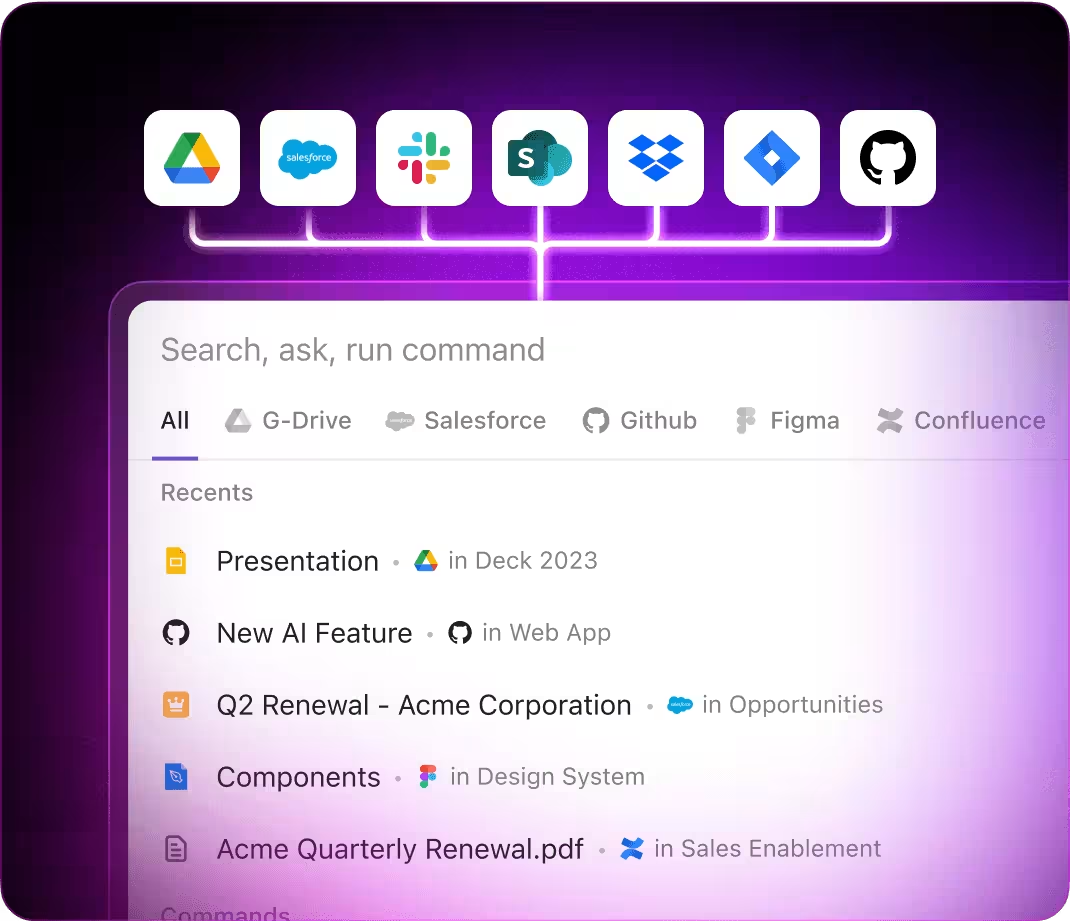
Disaster Recovery Planning with ClickUp Brain
Discover how ClickUp Brain enhances disaster recovery strategies beyond traditional AI tools
Prompts for ChatGPT
- Outline a 5-step disaster recovery plan focusing on data integrity and rapid response.
- Compose communication templates for crisis alerts emphasizing clarity and urgency.
- Generate three backup site options with pros and cons for infrastructure resilience.
- Draft a workflow for coordinating cross-departmental recovery efforts after a cyberattack.
- Summarize recent incident reports to identify recurring vulnerabilities and mitigation strategies.
Prompts for Gemini
- Develop three alternative recovery timeline scenarios based on varying disaster severities.
- List innovative approaches to maintaining business continuity during power outages.
- Create a mood board description for a command center setup highlighting technology and ergonomics.
- Suggest staffing rotation plans for 24/7 disaster monitoring teams ranked by efficiency and coverage.
- Produce a comparison table of disaster recovery tools focusing on automation, scalability, and cost.
Prompts for Perplexity
- Identify five cost-effective backup storage solutions ranked by reliability.
- Compare disaster recovery frameworks emphasizing compliance, speed, and resource allocation.
- Summarize global best practices in emergency communication and their adoption rates.
- Generate a list of five innovative data replication techniques ranked by security.
- Analyze past disaster recovery case studies and extract top three lessons for improvement.
Prompts for ClickUp Brain
- Transform this incident report into prioritized recovery tasks with assigned team members and deadlines.
- Summarize emergency meeting notes and create follow-up action items with owners.
- Review annotated infrastructure diagrams and generate a checklist for system restoration steps.
- Compile a task list from cross-functional discussions on backup system enhancements, including urgency levels.
- Analyze post-disaster feedback transcripts and produce actionable tasks for process improvements within ClickUp.
Disaster Recovery with ClickUp
Transform Recovery Plans from Drafts to Actionable Strategies
- Convert initial recovery notes into detailed, executable plans swiftly.
- Generate innovative solutions by analyzing historical incident data.
- Develop standardized templates that accelerate response times.
Brain Max Boost: Quickly access previous recovery efforts, incident reports, and resource inventories to guide your planning process.
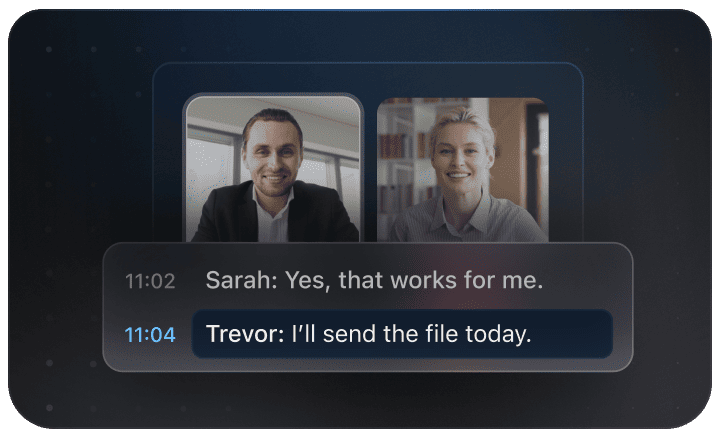
Why Choose ClickUp
Accelerate Disaster Recovery Planning
- Break down intricate recovery strategies into manageable tasks.
- Transform risk assessments into actionable assignments.
- Automatically create comprehensive recovery reports without extra effort.
Brain Max Boost: Instantly access historical incident data, resource inventories, or recovery timelines across all projects.
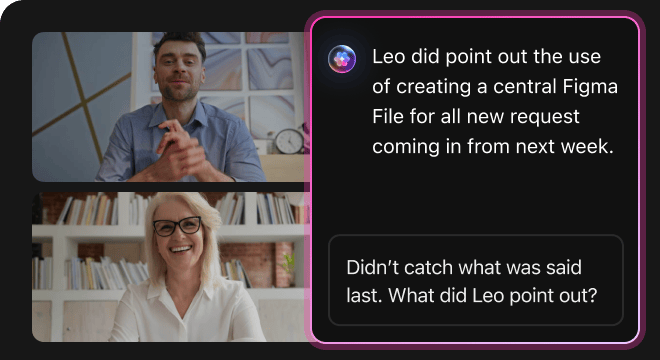
AI Advantages
How AI Prompts Enhance Every Phase of Disaster Recovery Planning
AI prompts accelerate strategy development and empower resilient, effective recovery plans.
Create Robust Recovery Strategies Quickly
Teams develop comprehensive plans faster, make informed choices, and prevent planning delays.
Improve Decision-Making Confidence
Enhance judgment, reduce vulnerabilities, and craft recovery approaches that satisfy stakeholders and compliance requirements.
Identify Risks Before They Escalate
Minimizes expensive last-minute fixes, boosts plan reliability, and accelerates recovery readiness.
Align All Departments Efficiently
Enhances teamwork, removes communication gaps, and expedites consensus among IT, operations, and management.
Drive Innovative Recovery Solutions
Encourages creative contingency ideas, advances cutting-edge protocols, and keeps your organization prepared for emerging threats.
Integrated AI Support Within ClickUp
Transforms AI-generated insights into actionable tasks that keep your disaster recovery projects moving forward.
Speed Up Your Disaster Recovery Planning
Minimize mistakes, simplify coordination, and develop robust strategies with AI-powered support.





